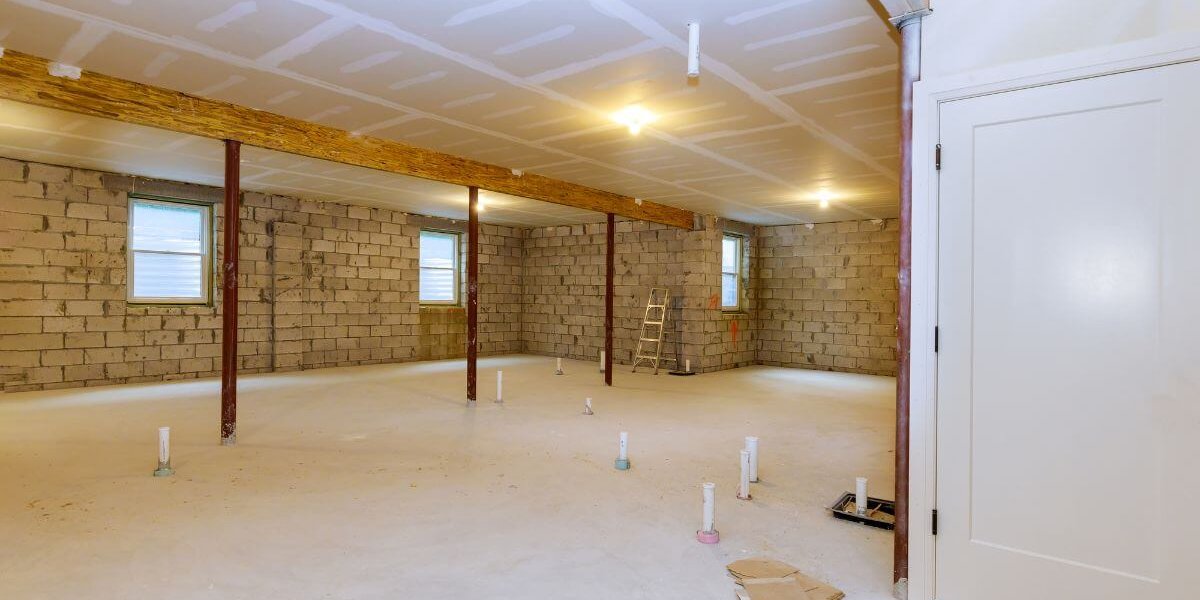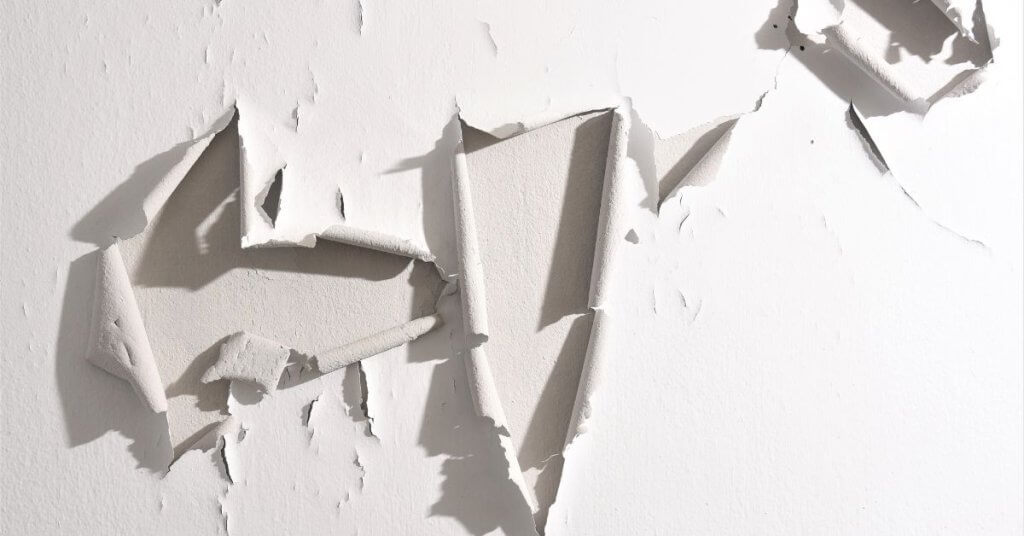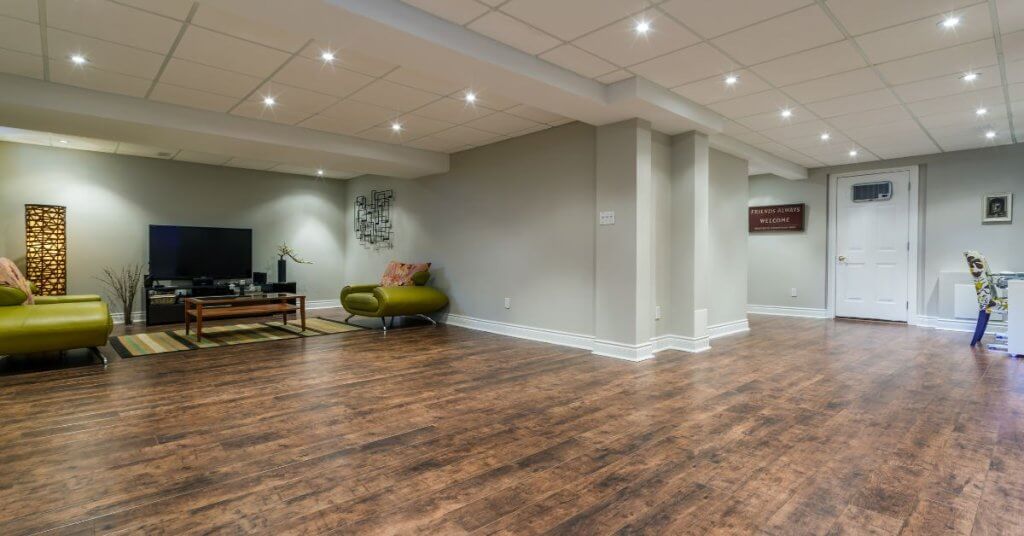You should pay close attention to your basement because most basements will eventually have leaks in them and turn your downstairs spaces into a pool of water. Many things can cause your basement to hold water, and they are several ways to seal it and protect your entire home as well.
A basement waterproofing sealer is a great way to secure your basement from water damage. By sealing the walls and floor of your basement, you can prevent water from seeping in and causing damage. What are you waiting for? Check out this quick guide on how to waterproof a basement in your home.
Signs You Need to Waterproof Your Basement
Your first step in basement waterproofing is to look for signs that it is needed.
If you see mold or mildew, then moisture is getting into your basement. Even if you don’t see standing water in your basement, it can be moisture in the air.
If you are painting the walls in your basement and the paint peels off, it can be a sign that there is excess moisture in the wall. This can also be attributed to being the wrong type of paint or not properly preparing the surface in advance of painting it.
If you see evidence of wall leaks with wet stains or condensation. It can be caused by a leaking pipe behind the concrete, or it can be water penetration on the ground on the other side of the wall.
Flooding or standing water can occur over and over from problems with plumbing or drainage in your yard. If your basement has standing water very often, you should call professional help for basement waterproofing because this is a sign of a serious foundation problem.
Here are the 5 Steps on How to Waterproof a Basement in Your Home
If you have a basement, it’s important to keep it dry and free of moisture. A good way to do this is to use a basement waterproofing sealer. This sealer will help create a barrier between your basement and the outside elements. It can also help to prevent water from seeping through cracks in your foundation. Identify your areas of weakness and then proceed to repair those items to waterproof your basement.
#1. Use a Dehumidifier
If you have moisture and condensation in the air, you can enlist the help of a dehumidifier to reduce the chances of mold in your basement. Most plug into the wall outlets, and you can empty them when the containers are full, or you can use a hose to direct the moisture into a floor drain if you have one.
#2. Waterproof Carpeting
If you have bare floors in your basement or you are replacing the flooring, consider a waterproof carpet if you have condensation problems in your basement. You can use a waterproof carpet mat first to make a buffer zone between the floor and the carpet.
#3. Waterproofing Walls and Floors
Cracks can appear on your brick or concrete walls and allow water to enter from outside of your home. You can fill cracks in the walls and floors with hydraulic concrete and then paint the area with waterproof masonry paint to seal it.
#4. Keep Wood Dry
Water and wood just simply do not mix. Check your wood framing for any signs of dark spots on them that signify water is getting on them. If you find this, identify which of your water pipes are leaking and replace them to keep your support beams and floorboards in good shape.
#5. Identify External Problems
External factors can very well be your problem in your basement. Check outside to make certain your gutters and drains are not leaking, which can cause rainwater to flow directly into your home’s foundation.
Things to Avoid When Waterproofing Your Basement
There are some items to be avoided when you are waterproofing or sealing your basement. Don’t use tar because it will eventually become very brittle and it will crack, then you will need to reseal those areas again.
Don’t use plastic to waterproof your basement walls because it will tear off, and moisture will penetrate inside of it to make your repairs inadequate. Don’t use limestone to backfill areas because it reduces the ability to drain and can clog your drainage systems, instead use gravel.
Conclusion
A basement waterproofing sealer will also help to keep mold and mildew at bay, keeping your basement clean and dry. When shopping for a basement sealer, be sure to choose one that is specifically designed for use on concrete. Applying a waterproofing sealer is a simple process, but it’s important to follow the instructions carefully in order to achieve the best results.
It’s always a good idea to contact a professional that is experienced in basement sealing before beginning your task to make certain you are focusing on the right areas. At Aquaguard, we are your premier swimming pool supply store in the area and our highly experienced staff members are happy to help you choose the products you need for basement sealing, as well as give you tips on the process.





